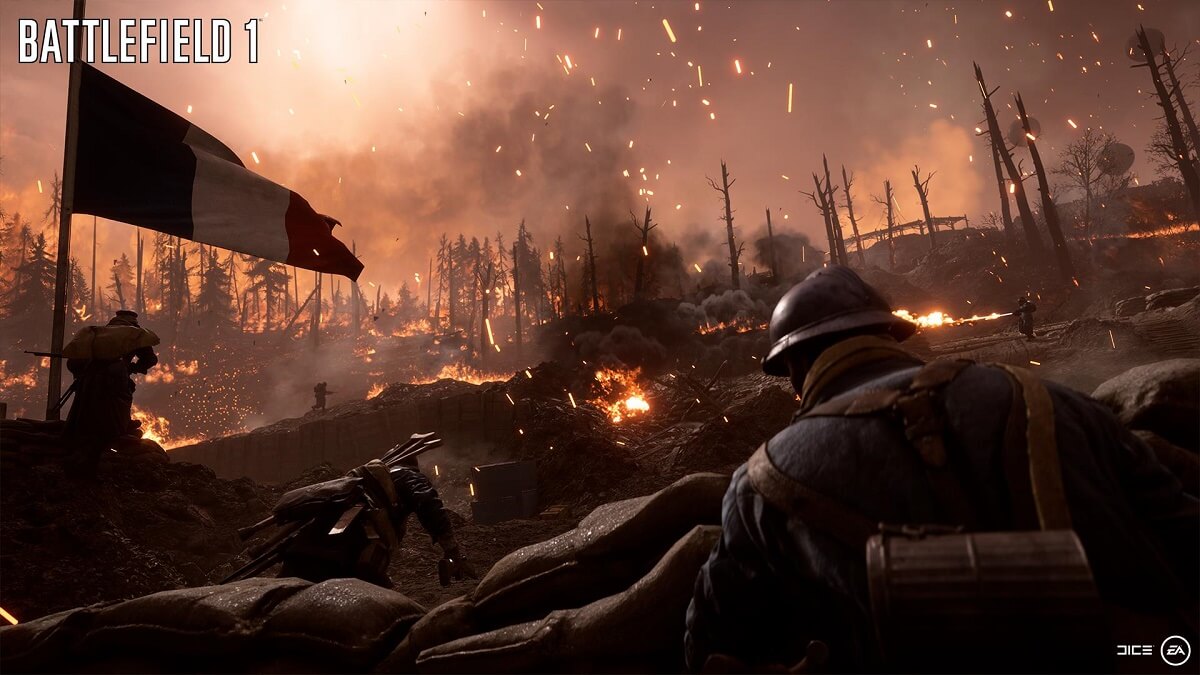The maelstrom of the Battle of Verdun consumed nearly a million lives in World War I. But Battlefield 1’s main campaign had no mention of it. Electronic Arts’ DICE studio has addressed that with the launch of They Shall Not Pass, the first expansion for EA’s first-person shooter game set in The Great War.
Verdun was a nightmare, with the Germans launching the largest artillery barrage of the war to date at the outset, setting the small town and its surrounding forest ablaze, before it launched an infantry assault that was aimed at “bleeding France white.” They Shall Not Pass has four new multiplayer maps that capture the grind of trench warfare in Verdun, where the French army made its stand.

Unlock premium content and VIP community perks with GB M A X!
Join now to enjoy our free and premium membership perks.
![]()

![]()